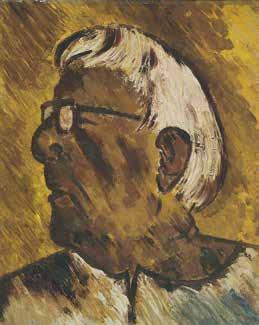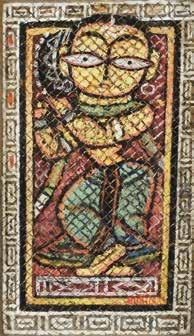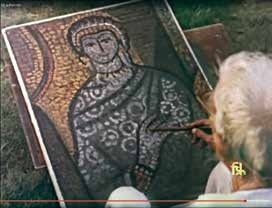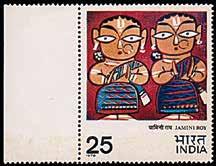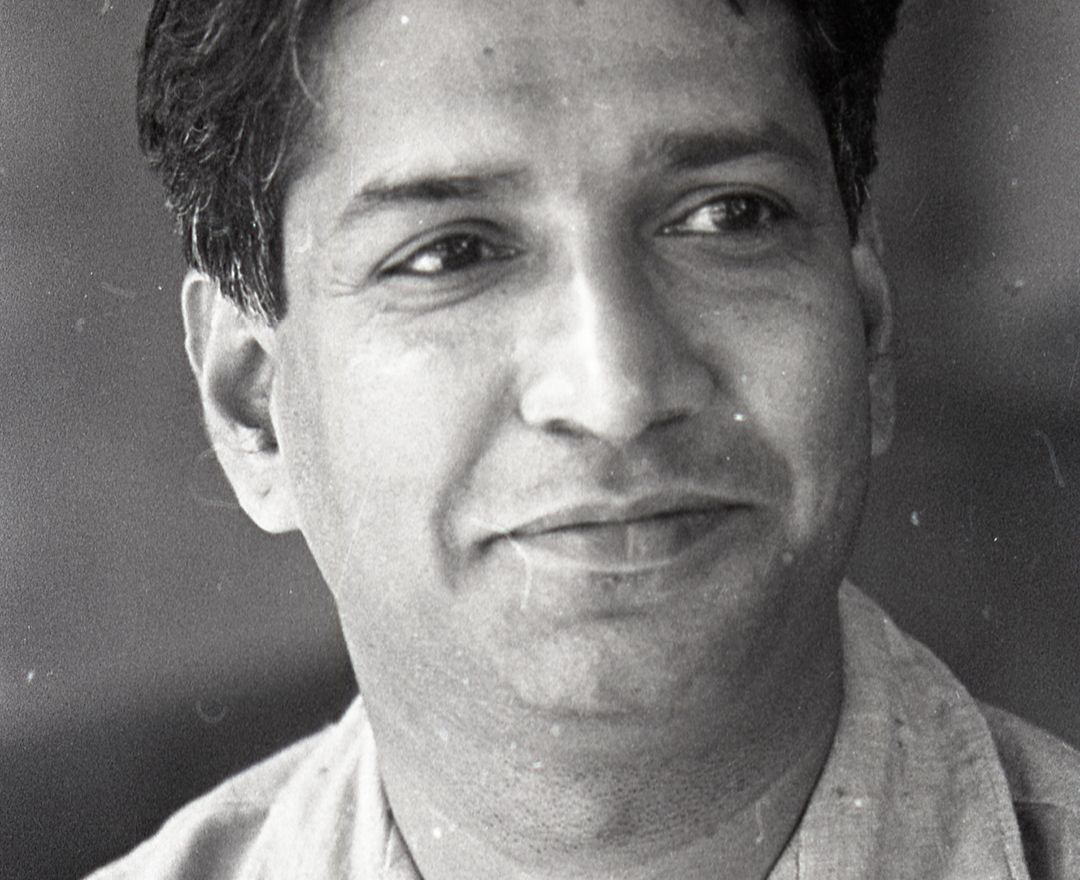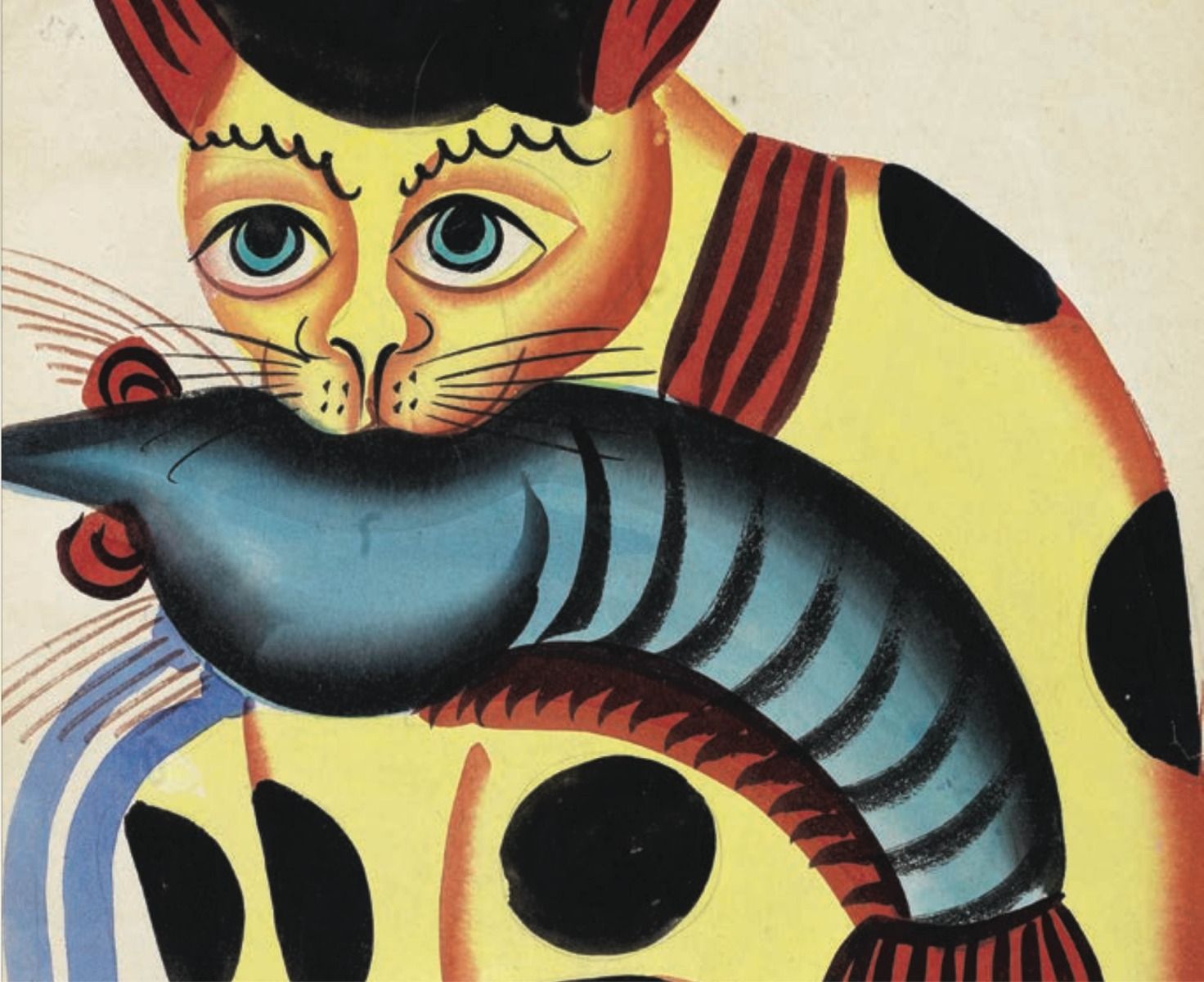Jamini Roy
ARTIST TIMELINE
ARTWORKS
|
1887 - 1972 Jamini Roy |
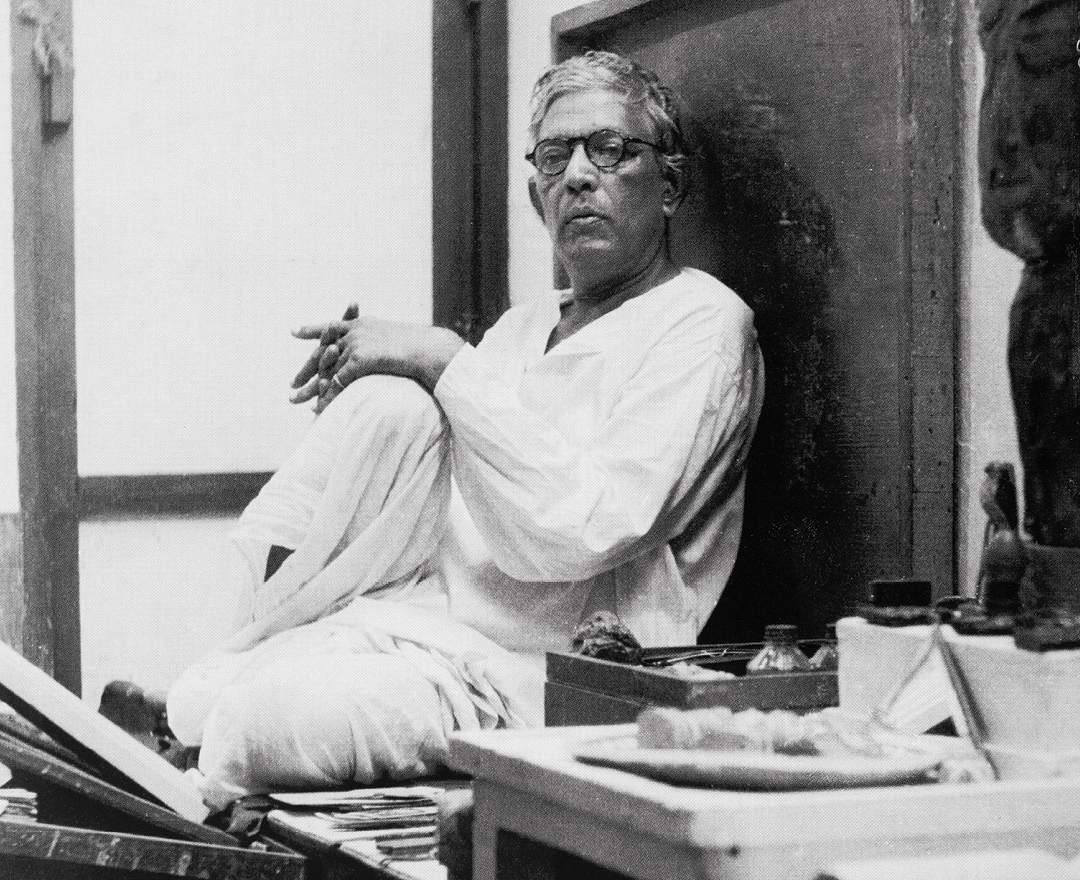
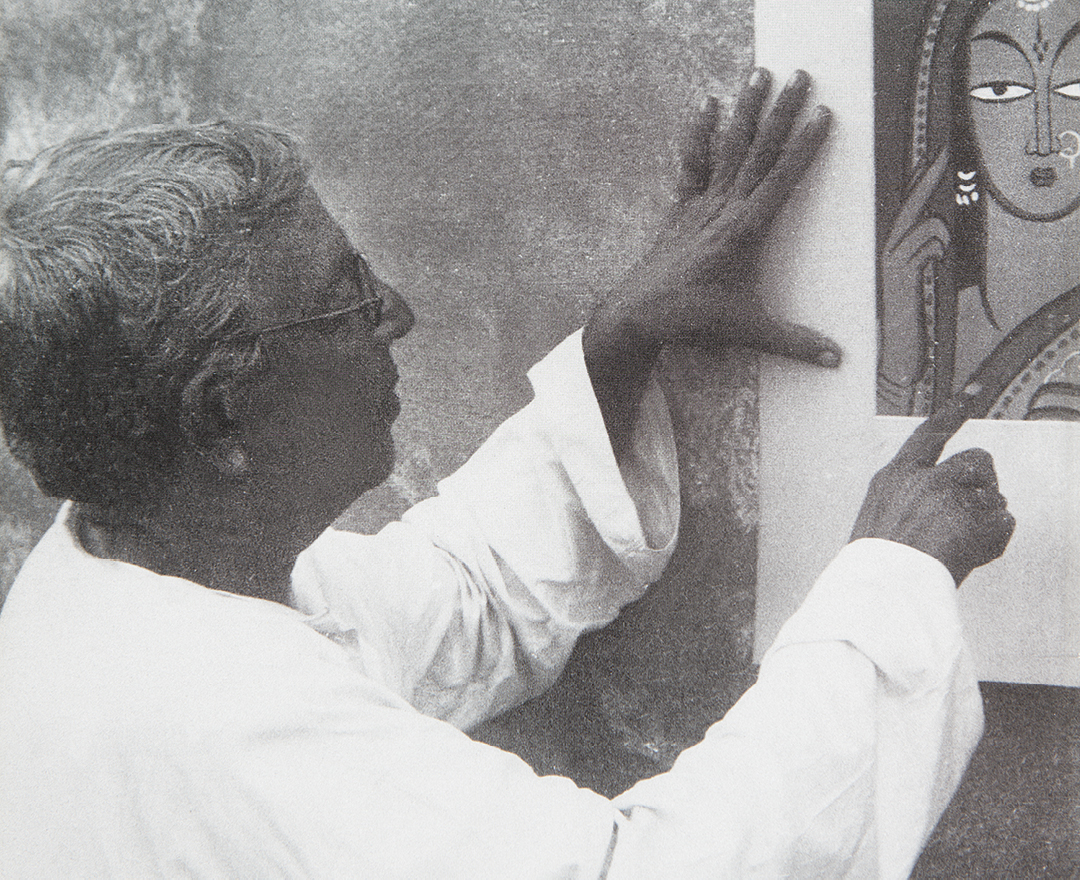
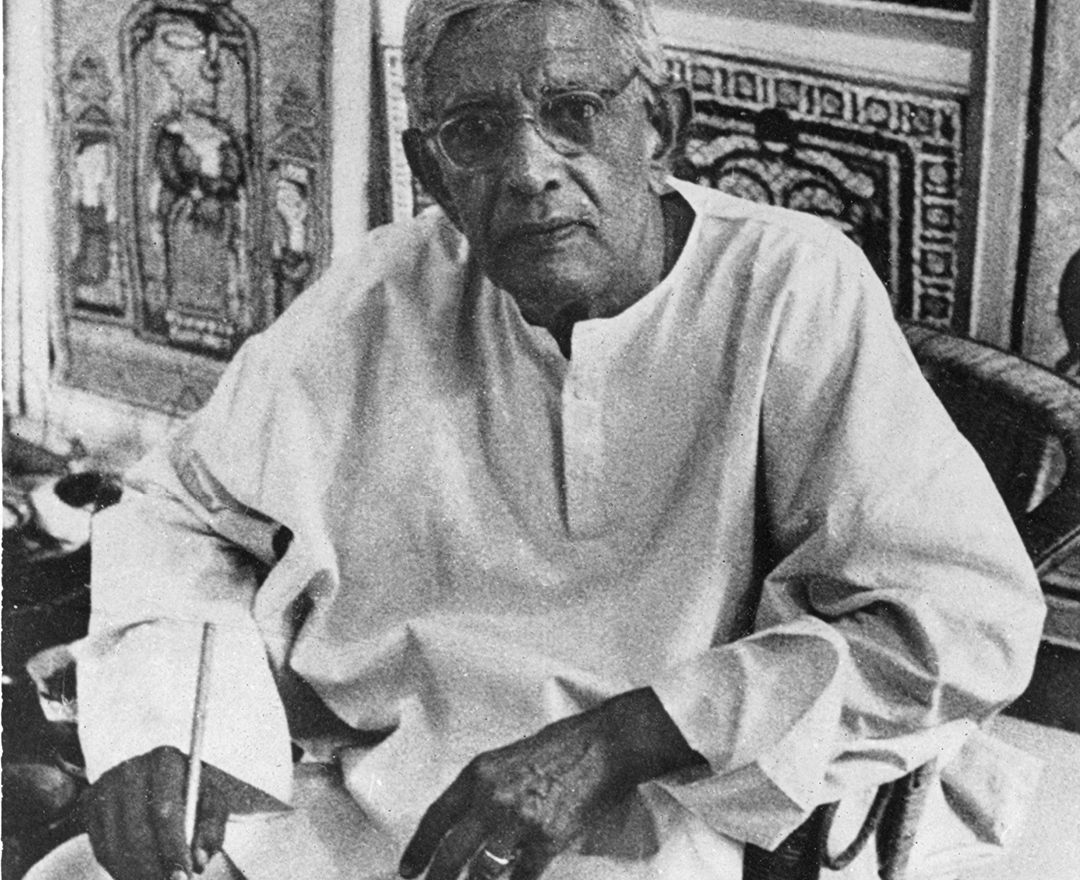
‘Jamini Roy paints in timelessness. His pursuit, so undauntedly followed, has been after pure form’
SHAHID SUHRAWARDY
artist timeline
artworks
dag exhibitions
|
The ‘Manifestations’ series of 20th Century Indian Art, Editions V, VI, VII, VIII, IX, X, XI |
|
DAG, New Delhi and Mumbai, 2011-14 |
|
‘The Printed Picture: Four Centuries of Indian Printmaking’ |
|
DAG, New Delhi, 2012; Mumbai, 2016; alternate locations in Kolkata, 2013; Jaipur, 2017; Chandigarh, 2018 |
|
‘Indian Landscapes: The Changing Horizon’ |
|
DAG, New Delhi, 2012 |
|
‘The Art of Bengal’ |
|
DAG, New Delhi, 2012; Mumbai, 2014; New York, 2016 |
|
‘Indian Divine: Gods & Goddesses in 19th and 20th Century Modern Art’ |
|
DAG, New Delhi and Mumbai, 2014 |
|
‘Indian Portraits: The Face of a People’ |
|
DAG, New Delhi, 2013; Mumbai, 2014 |
|
‘The Naked and The Nude: The Body in Indian Modern Art’ |
|
DAG, New Delhi, 2013; Mumbai, 2014 |
|
‘Primitivism and Modern Indian Art’ |
|
DAG, Mumbai, 2019; New York, 2020; New Delhi, 2021-22 |
|
‘Navrasa: The Nine Emotions of Art’ |
|
DAG, Mumbai and New Delhi, 2020 |
|
‘The Sixties Show’ |
|
DAG, Mumbai, 2020 |
|
‘Ways of Seeing: Women Artists | Women as Muse’ |
|
DAG, New Delhi, 2021 |
|
‘The Wonder of India: Explorations through 19th and 20th Century Art’ |
|
DAG, New York, 2021 |
|
‘Home is a Place: Interiority in Indian Art’ |
|
DAG, New Delhi, 2021 |
|
‘Indian Blue: From Realism to Abstraction’ |
|
DAG, New Delhi, 2021 |
|
‘Iconic Masterpieces of Indian Modern Art’ |
|
DAG, Mumbai, 2021 |
|
'Living Traditions & The Art of Jamini Roy' |
|
DAG, Mumbai, 2023 |
notable collections
|
National Gallery of Modern Art, New Delhi |
|
Lalit Kala Akademi, New Delhi |
|
Jehangir Nicholson Art Foundation, Mumbai |
|
Piramal Art Foundation, Mumbai |
|
Tata Institute of Fundamental Research Art Collection, Mumbai |
|
Government Museum and Art Gallery, Chandigarh |
|
Kejriwal Museum, Karnataka Chitrakala Parishath, Bengaluru |
|
CITI India Corporate Collection |
|
Victoria and Albert Museum, London |
|
The Harn Museum of Art, Florida |








